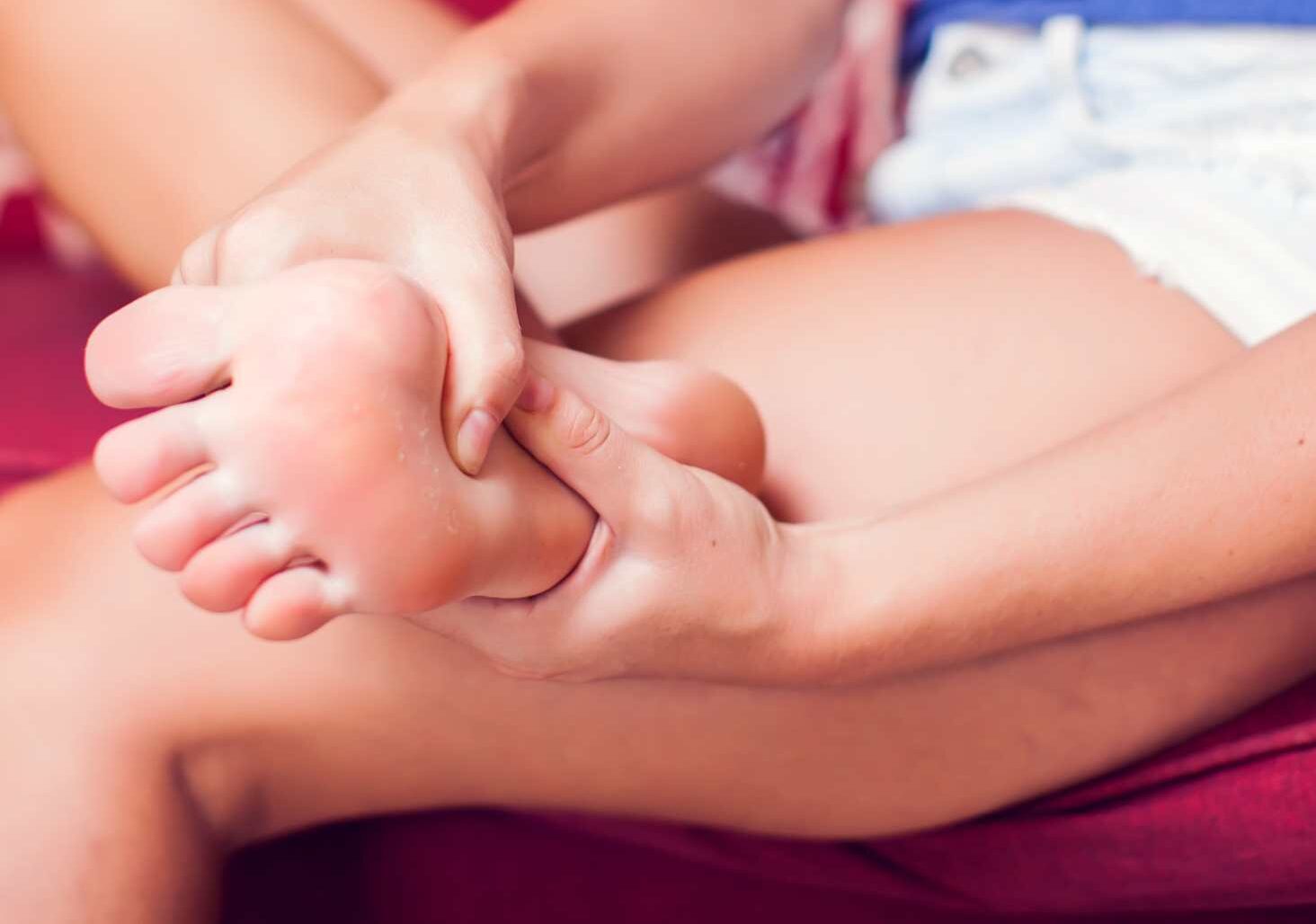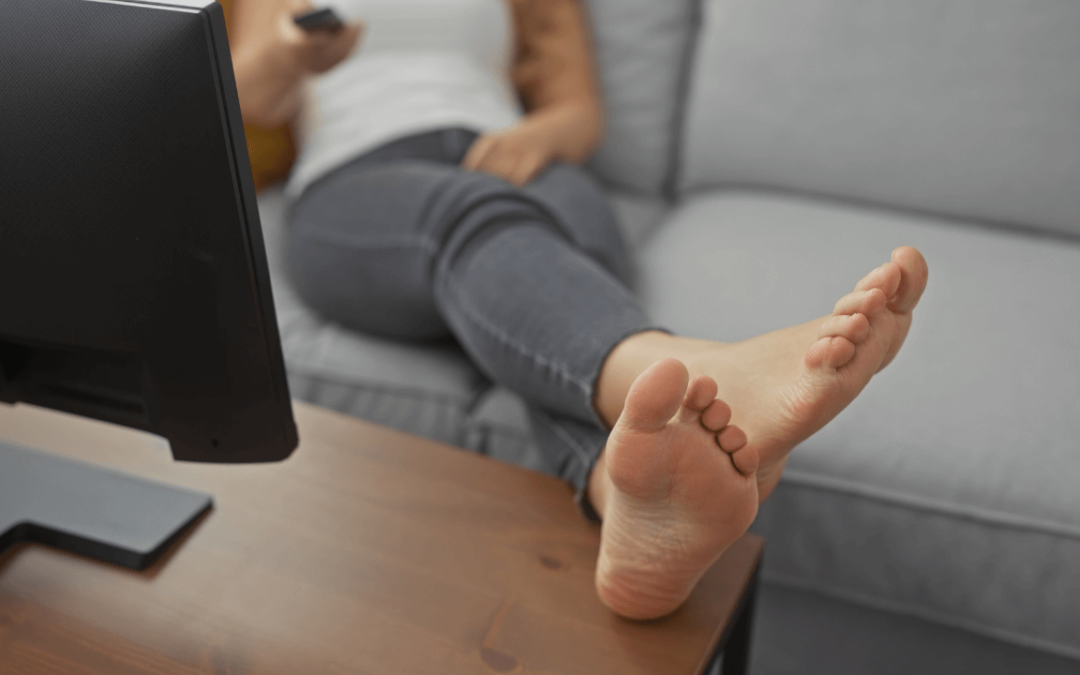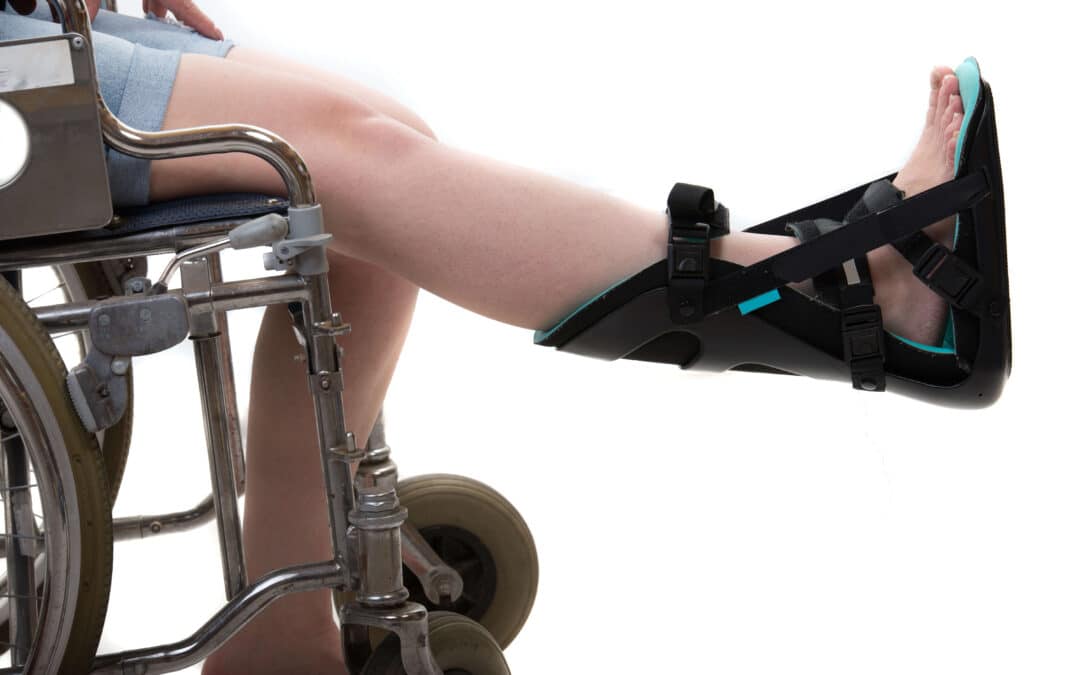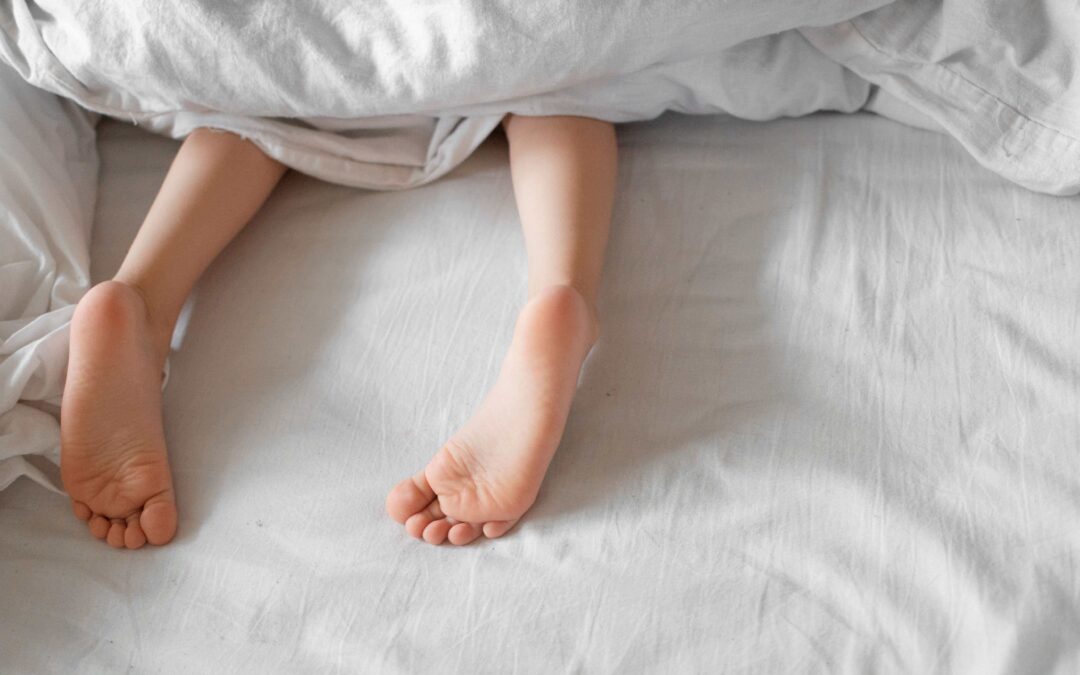Heel Pain Left Your Feet Out of Action? Try These Home Treatments
Have you ever had your day ruined by heel pain? We get it. Most of us take our feet for granted until something goes wrong. It is astounding to think about how much abuse our feet take every day, and we don’t even think about them until pain forces us to focus on them.
The great news is that there is something you can do to help with your heel pain! If you’re struggling with heel pain and wondering what to do next, we’ve put together a handy guide for heel pain and home treatments.
Heel Pain Got You Off Your Feet?
Heel pain can make walking and exercising super difficult. For some people, an injured foot can leave them bedridden for a few days (or even weeks!).
While a couple of days in bed may sound like a luxury, it will quickly get boring and frustrating, particularly if you’re the sporty type. Fortunately, there are plenty of treatments available to treat your heel pain and get you back on your feet, which we’ll explore below.
Why are Your Heels Hurting?
Heel pain is a symptom of several conditions, many of which are caused by injury or overuse. You might experience heel pain if you’ve adopted a tougher exercise regime or experienced a painful accident.
Some people are also more prone to heel pain due to the shape of their feet. Flat feet, for example, can cause heel pain by overstretching the ligaments. Finally, being overweight or wearing ill-fitting shoes could also cause or exacerbate your heel pain.
Conditions that Affect the Heels
Wondering what heel condition you’re experiencing? It’s probably one of the following:
Plantar Fasciitis
Plantar fasciitis is by far the most common cause of heel pain and happens when the plantar fascia (a band of tissue in the foot) is damaged. People who often run on hard surfaces are particularly prone to this condition.
Arthritis
Psoriatic arthritis and reactive arthritis are linked to plantar fasciitis and Achilles tendinopathy, both of which can cause pain under and along the back of the heel.
Bursitis
Bursitis occurs when the bursae (fluid-filled sacs in the feet) swell up. Bursitis is common in people who spend long periods standing up and often feels like a bruise behind the heel.
Heel Spurs
Chronic plantar fasciitis can generate bony growths on the heel bone called heel spurs. While these aren’t usually painful, some people experience pain and discomfort.
Is There Anything You Can Do at Home for Heel Pain?
If your heel pain is new, you may try to treat it at home. Similarly, you might want relief while waiting for your appointment. Here are a few heel pain home treatments that will soothe your foot and make walking a little easier:
- Wear comfier shoes: Restrictive shoes can worsen heel pain and prevent recovery. Try to wear shoes with robust arch support and plenty of wiggle room. If you exercise a lot, remember to replace your training shoes regularly.
- Invest in orthotics: Orthotics are shoe inserts designed to support the foot and distribute your weight as evenly as possible. You can purchase orthotics over the counter, although we recommend investing in custom-made inserts from our office.
- Apply ice: Ice packs will help reduce inflammation and provide soothing relief. We recommend applying an ice pack to the painful area three to four times a day, for around 20 minutes a session.
- Massage the foot: Massaging your feet is easy, relaxing, and pain-relieving. If you’d rather not spend time touching your feet, you can roll a golf ball or tennis ball under your arches to achieve a similar effect.
- Stretch the foot: Gently stretch the arch of your foot and your calf regularly to promote healing and relieve pain. A good stretching method is to lunge forward on one leg and attempt to place the foot of your other leg as close to the ground as possible. Alternatively, you could sit on a chair and gently pull your big toe toward you.
- Take over-the-counter pain relievers: Nonsteroidal anti-inflammatory drugs (NSAIDs) such as ibuprofen are great for reducing inflammation and temporarily relieving heel pain. However, NSAIDs should be seen as a short-term solution, as they can’t treat the underlying cause of your heel pain.
- Wear a splint at night: A night splint helps to stretch the arches and calves while you sleep, preventing the ligaments from seizing up overnight.
- Rest: Last but certainly not least, rest is one of the most crucial remedies for heel pain. Overstretching an already-injured foot could worsen your condition and lengthen your recovery time. If you’re a dedicated gym-goer, remember to cut yourself some slack and enjoy some time off. Your long-term fitness won’t suffer!
Visit Us for an Effective Solution to Your Heel Pain
As you can see, there are plenty of simple heel pain treatments you can try at home. However, if your heel pain lasts more than a few days and doesn’t respond to home treatments, it’s time to call our experts.
If your heel pain is getting you down, don’t hesitate to contact Texas Foot & Ankle Center today! As your local Dallas podiatrists, we’ll investigate the causes of your pain and recommend a specialized treatment plan to enhance your recovery.
Let us help you get relief from heel pain and get back to enjoying your life without pain.




